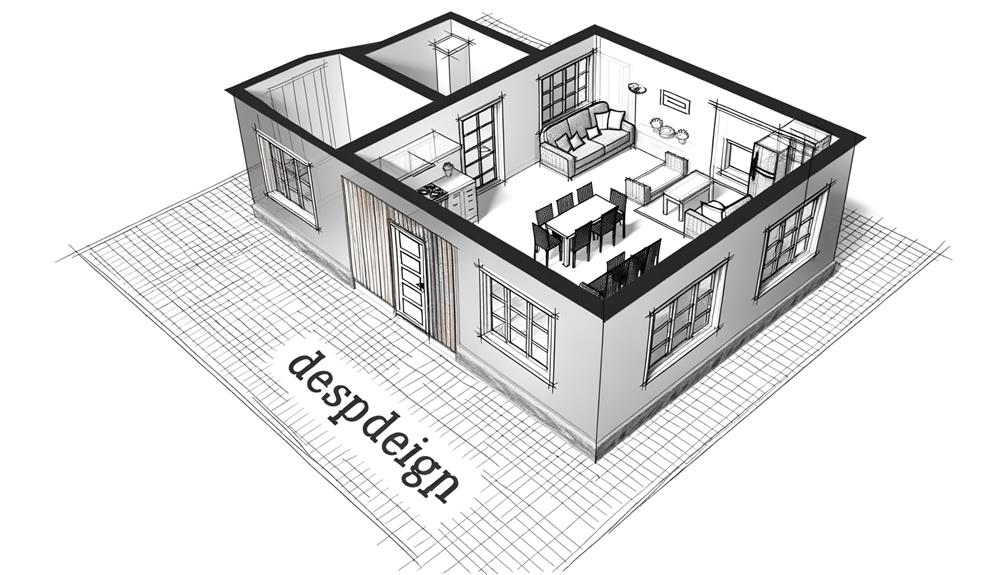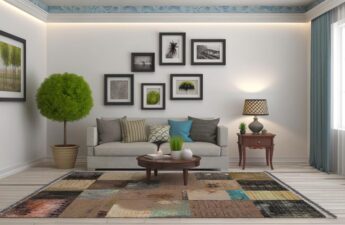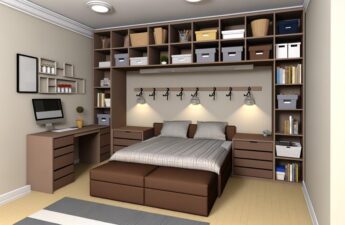Step into the realm of open concept floor plans for your small home and watch as the walls dissolve, revealing a world of space and possibilities. Imagine the seamless flow of energy, where each area effortlessly blends into the next, creating a harmonious and interconnected living experience.
But what makes these floor plans so captivating? How can they transform your humble abode into a haven of functionality and style? Stay tuned as we unravel the secrets behind open concept floor plans, offering you insights, tips, and inspiration to elevate your small home to new heights.
Benefits of Open Concept Floor Plans
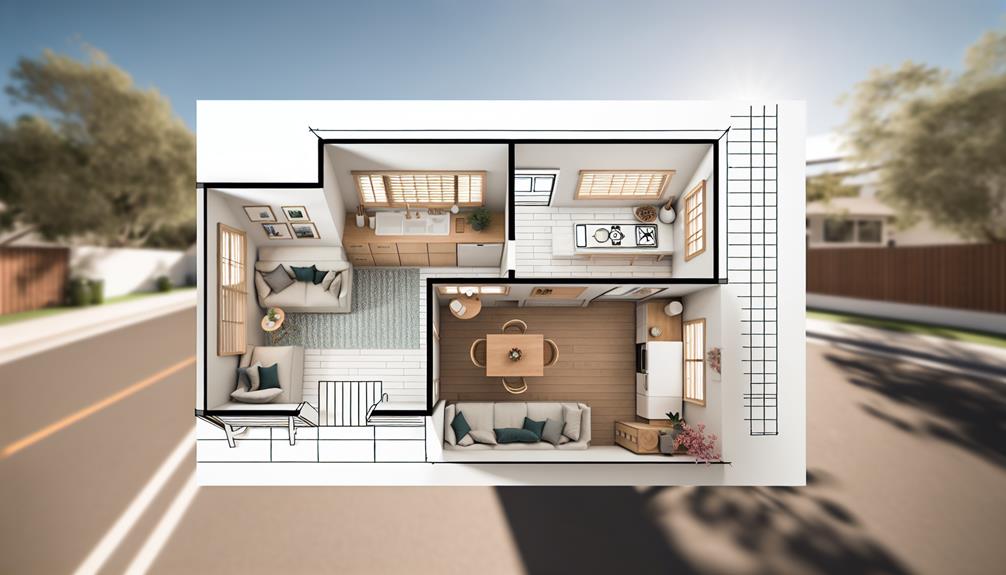
Open concept floor plans offer a multitude of benefits for small homes, enhancing flow and connectivity between living spaces. Small house plans with open floor plans allow for a seamless transition from one area to another, creating a sense of spaciousness even in limited square footage. By eliminating walls and barriers, the concept promotes social interaction and communication among family members and guests.
Whether you're cooking in the kitchen, watching TV in the living room, or entertaining in the dining area, everyone can remain connected and engaged. Additionally, open concept house plans maximize the use of natural light and ventilation throughout the home. With fewer walls obstructing the flow of air and sunlight, the space feels brighter and more inviting.
Furthermore, the absence of walls allows for flexibility in future renovations and personalized design choices. You can easily reconfigure the layout or add partitions as your needs change over time.
Tips for Designing Open Concept Floor Plans
When designing open concept floor plans for small homes, here are some tips to consider for prioritizing functionality and practicality:
- Think about using light colors and mirrors to create an illusion of space and expand the area visually. By doing so, you can make the space feel larger and more open.
- Incorporate furniture with built-in storage to help maximize space utilization in small homes. This allows you to have functional furniture while also providing storage solutions to keep your space organized.
- Opt for minimalist and clutter-free design elements. This will help maintain a spacious feel and prevent the area from feeling cramped.
- Prioritize seamless flow between living spaces and consider integrating outdoor living areas. By connecting indoor and outdoor spaces, you can create a more spacious and connected atmosphere.
These tips will help you design open concept floor plans that aren't only functional and practical but also make the most of the available space in small homes.
Furniture Placement in Open Concept Floor Plans
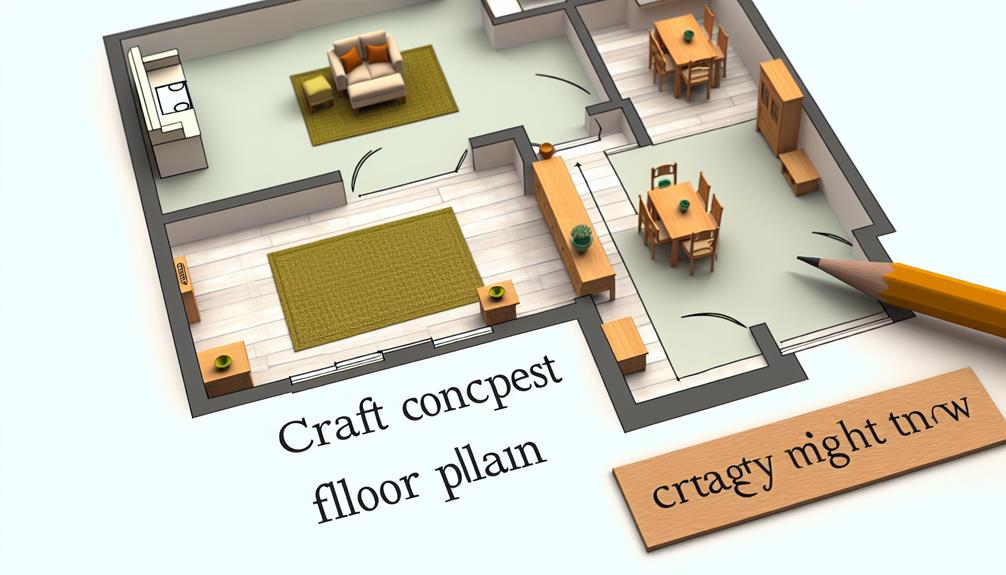
Consider utilizing furniture placement strategies to define zones and maximize functionality within your open concept floor plan. In small homes, where space is limited, it's crucial to make every square inch count. Proper furniture placement can help you achieve this goal.
When arranging furniture in open concept floor plans, it's important to take into account the context of the space. Use area rugs and lighting to delineate different functional areas, such as the living room, dining area, and kitchen. These elements not only add visual interest but also create a sense of boundaries within the open space.
Maintaining traffic flow and visual continuity is key in open concept floor plans. Arrange furniture in a way that allows for easy movement between areas. Consider using multifunctional furniture pieces that can serve multiple purposes. For example, a sofa with built-in storage can help maximize space and provide additional functionality.
Creating cozy conversation areas within the open concept layout is also essential. Arrange seating arrangements to encourage interaction and intimacy. Use furniture placement to create a sense of coziness and comfort within the larger space.
Maximizing Natural Light in Open Concept Floor Plans
To optimize the natural light in your open concept floor plan, strategically place windows and skylights throughout the space. This is especially important in small homes, where maximizing natural light can create the illusion of a larger and more open space. Consider positioning windows and skylights in areas where they can bring in the most sunlight, such as near the living and social spaces. By doing so, you can't only brighten up the room, but also enjoy beautiful outdoor views.
In addition to windows and skylights, there are other ways to enhance the brightness and openness of your open concept floor plan. Light-colored paint on the walls can help reflect natural light, making the space appear brighter and more inviting. Similarly, incorporating reflective surfaces, like mirrors or glossy furniture, can amplify the natural light within the room.
To allow light to penetrate different areas of the home, consider using glass doors and partitions. These not only create a seamless flow between spaces, but also allow natural light to reach every corner of your open concept floor plan. It's important to strike a balance between natural light and privacy, so opt for light and sheer window treatments that let in maximum light while maintaining your desired level of privacy.
Open Concept Floor Plans for Different Room Types
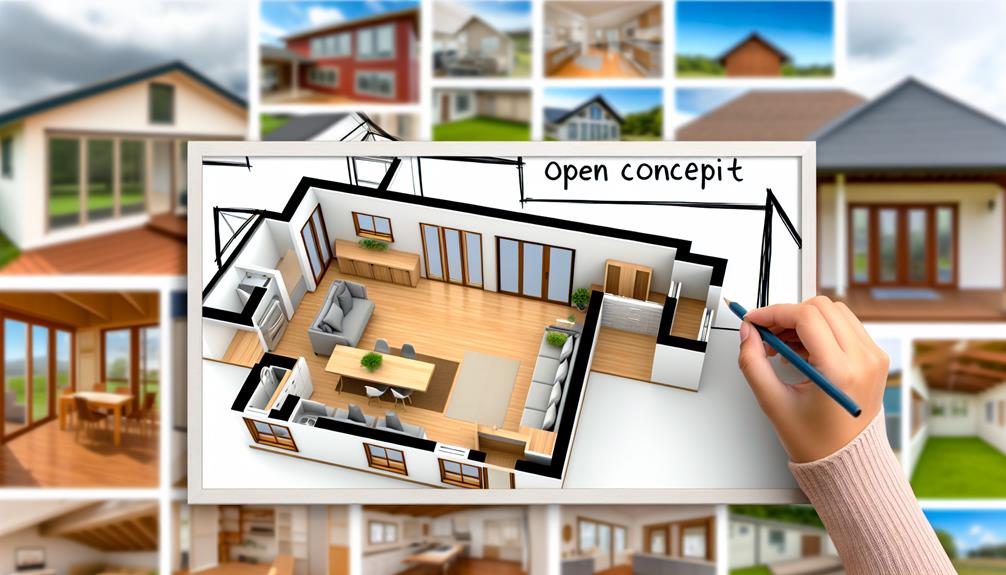
Open concept floor plans enhance natural light and create a sense of spaciousness and openness, making them ideal for different room types in small homes. Whether you have a tiny house or a slightly larger space, open concept floor plans can be a great choice.
For the living room, an open concept floor plan allows it to seamlessly flow into other areas, such as the dining room or kitchen. This promotes social interaction and connectivity between rooms, making it easier to entertain guests or keep an eye on the kids while preparing meals.
Another room type that benefits from an open concept floor plan is the great room. This multi-purpose space combines the living, dining, and kitchen areas into one large, open area. It's perfect for families who want to spend quality time together, as it provides a spacious environment for various activities. Additionally, open concept floor plans allow for flexibility in furniture arrangement, making it easier to create separate zones within the great room.
If you're looking for a more casual dining option, a snack bar can be incorporated into the open concept floor plan. This allows for informal meals and quick snacks without the need for a separate dining room. The snack bar can serve as a functional and stylish addition to the kitchen area.
